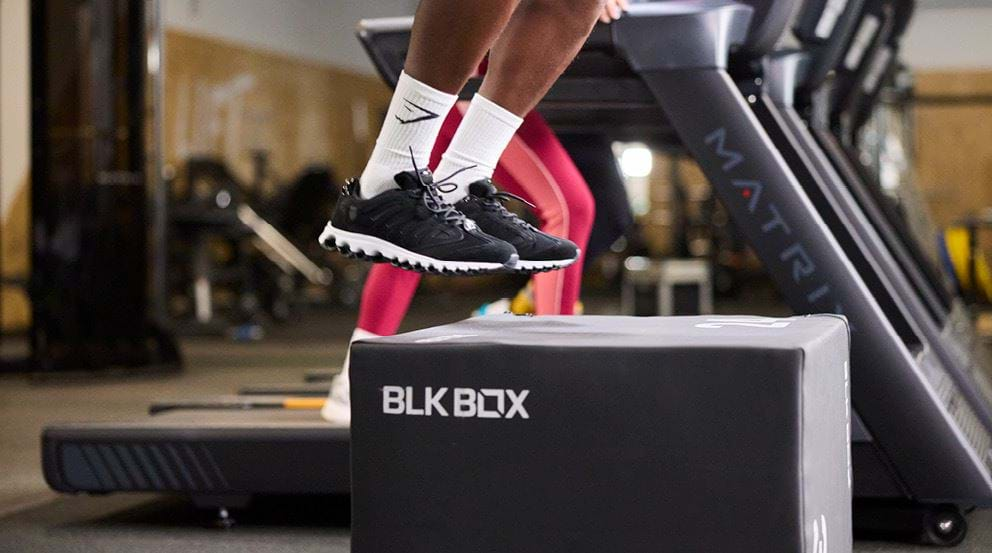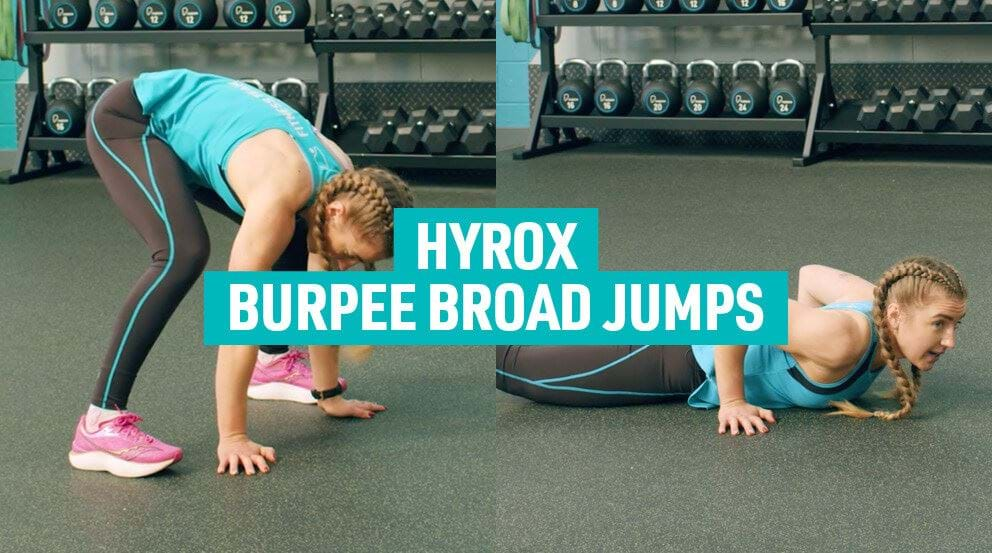Which muscle groups should you work out together?

Why you should use muscle group splits | What are the key muscle groups | How to split your muscle groups | Example muscle group splits
Whether you gym once or twice a week, or never miss a day, knowing how to make the most of your gym sessions can help you to achieve your goals more efficiently.
When it comes to strength training, knowing how often and when to work out different muscle groups can make a big difference. Combining multiple muscle groups in a single workout can be a great way to achieve your goals, whether it's strength, hypertrophy, or mobility.
Here, PureGym PT Emma Vincent looks at why grouping muscles together can be beneficial, and some of the best muscle group split combinations to try.
Once you know how you'll be grouping your workouts, head over to our Workouts by Body Part page for ideas of the best exercises for each muscle group.
Why should you 'split' your muscle group focus when working out?
If you want to grow a certain muscle, you might be tempted to train it every day, but it's important to include rest days -- skipping these will actually negatively impact your performance and progression. Strength training causes tiny micro-tears in the muscles, which sounds scary but as they heal, the muscle fibres become bigger and stronger than before. However, for your body to heal these muscles, it needs rest, which is why we recommend waiting at least 24 hours between training the same muscle group.
For maintaining your current strength levels, you should work out each muscle group once a week. If you want to improve your strength or build muscle, you ideally want to train a muscle at least 2x a week. Grouping muscle groups together allows you to train muscle groups twice a week, while also leaving 24 hours between training the same muscles twice.
Depending on your training goals (whether that's hypertrophy, strength, or weight loss), as well as how many days a week you can commit to the gym, there are different ways you can split your training.
What are the key muscle groups?
The human body has more than 600 muscles, and often what sounds like a single muscle is made up of several muscles. For example, the hamstrings are actually a group of three individual muscles!
When it comes to working out, the top-level muscle groups are:
These can be narrowed down even further -- for example, the arms are made up of the triceps, biceps, and forearms, while legs include the quads, hamstrings, and calves.
If you're a beginner or intermediate lifter, focusing on more general areas is a great way to get started. As you become more experienced, you may find breaking these down further can help with progression.
How to split your muscle groups when working out
There isn't one single best way to group your muscles when training, and what works for one person may not work for another. Some things to consider when deciding on a muscle split are:
What are you hoping to achieve from your workout sessions?
If your goal is to build bigger legs and glutes, your ideal workout split will look different to someone whose goal is to build a broad back and shoulders. And both of these will look different to someone training to improve their athletic or sports performance!
How many sessions can you realistically commit to eat week?
If you can only work out a few times a week, full body workouts allow you to train each muscle group 1-2x every week. But if you gym every day, doing full body workouts wouldn't allow enough time between sessions to recover. As a general rule of thumb, the more days you train, the more specific you can go with your groupings.
Do you have any injuries or restrictions?
If you're dealing with an injury, you may have to omit certain muscle groups while it heals.
Example muscle groups to work out together
The best way to find the right muscle group split for you is to trial a few different approaches and sticking with the muscle group combinations that work best for you and your lifestyle. It should help you to achieve your goals while allowing enough rest and recovery!
One thing to remember when planning your weight training programme using muscle group splits is to train the bigger muscle groups first in any session -- for example, in a chest and triceps workout, work your chest first. Training the smaller muscles first can mean they are too tired to do bigger lifts, which makes your workouts less effective and can increased risk of injury.
5-day split: Full body
This workout split trains each key muscle group once over the course of a week, across 5 days of training. The workouts focus on smaller muscle groups (e.g. glutes and hamstrings instead of legs) which means you can work these muscles harder in each session, and it's ideal for maintaining your current strength levels.
- Monday: Glutes and hamstrings
- Tuesday: Back and biceps
- Wednesday: Chest and triceps
- Thursday: Quads
- Friday: Shoulders and abs
- Saturday/Sunday: Active recovery/rest
6-day split: Push/ pull/ legs
While the above split is great for muscle maintenance, training each group twice a week is best for muscle growth. Push/ pull/ legs (PPL) is an approach which splits your body into three groups: the 'pushing' muscles (chest, shoulders, triceps), 'pulling' muscles (back, biceps, arms, abs), and legs (quads, hamstrings, glutes, calves).
PPL allows you to hit each muscle group twice a week, and get maximum value from each movement within the same workout -- for example, a bench press works all three pushing muscles, a squat works all leg muscles.
- Monday: Chest, shoulders and triceps
- Tuesday: Back, biceps, abs and forearms
- Wednesday: Legs
- Thursday: Chest, shoulders and triceps
- Friday: Back, biceps, abs and forearms
- Saturday: Legs
- Sunday: Rest
4-day split: Upper/ lower
If you can only make the gym four times a week, but still want to increase your body strength and muscle size, an upper/ lower body split can be really effective. It splits your training between the upper and lower body muscles, with each group being worked twice.
For this example, we've split the upper and lower groups down into upper push, upper pull, lower quads and lower hamstrings and glutes, but you can repeat the same muscles for each upper and lower days if you'd prefer.
- Monday: Upper - chest, shoulders and triceps
- Tuesday: Lower - quads
- Wednesday: Rest
- Thursday: Upper - back, biceps, abs and forearms
- Friday: Lower - hamstrings and glutes
- Saturday/Sunday: Active recovery/rest
Want more examples of workout splits? We look at the best workout split for women here.
Here at PureGym we offer a range of high quality workout equipment that will help you with your strength and muscle-building goals. Find out more about our membership options, or find a PureGym near you to get started today.
We also have workouts on our free PureGym app, or if you want more tailored help to achieve your goals, why not work with a Personal Trainer like myself?


